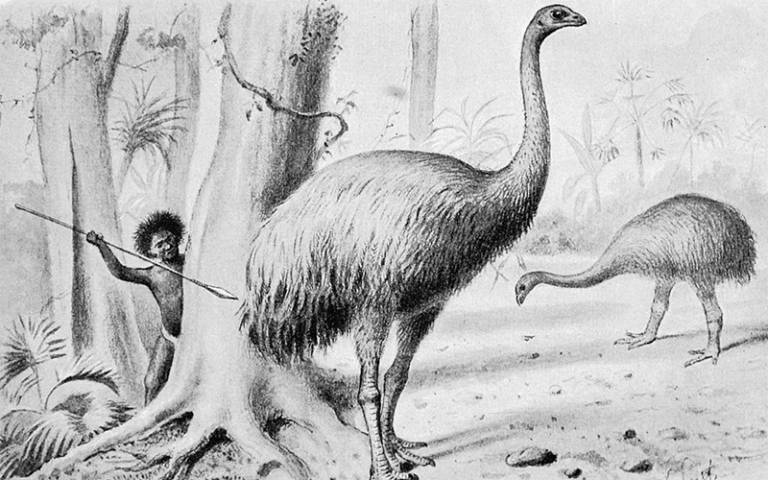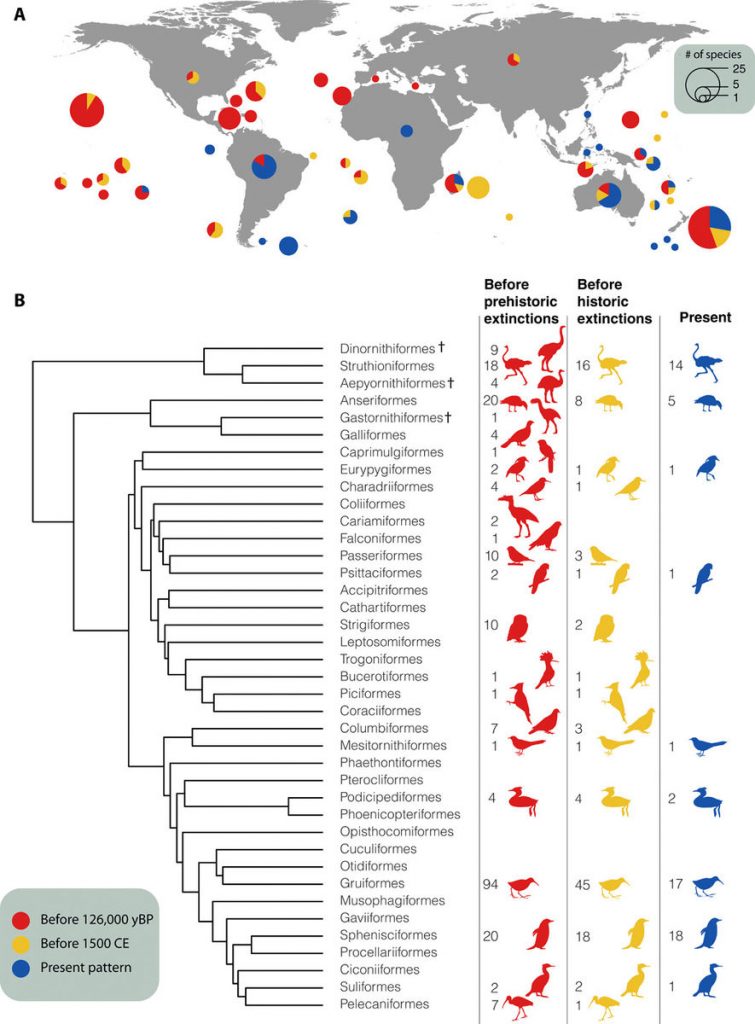
In a study published in December 2020 by the University College London Biology Team in the UK, 166 species of flightless birds have been destroyed by humans over the past 120,000 years. There are only 60 species of non-flying birds in existence. The research team pointed out that there were four times the number of flightless birds that had been extinct as humans in the past.
To find out the impact of human activities on the evolution of birds, UCL and a research team at the University of Gothenburg, Sweden, jointly investigated a range of birds known to have become extinct until the present time when humans emerged. The result has identified 581 species of birds that have become extinct from the late 126,000 years ago to the present.
When the research team investigated the ecology of extinct birds by fossils or records, it is said that out of the 581 extinct species, 166, or a third, were birds without the ability to fly. These 166 species, plus 60 existing flightless birds, total 226 species. The researchers pointed out that adding 581 artificially extinct species to the number of birds in the world in existence would increase the total by 5%, but quadruple the number of flightless birds.

According to the survey results, not only 581 species of birds became extinct, but also 85 birds belonging to various families have disappeared altogether. According to the research team, birds often lose their ability to fly in predator-free environments, including small islands. By abandoning the ability to fly in the process of evolution, it becomes possible for birds to devote their flight to you and allocate energy to other things. At the same time, however, this resulted in extinction by humans and foreign species such as cats and mice brought by humans. In fact, the rate of extinction of birds that can fly is 3.7%, whereas 73.5% of birds that cannot fly are said to have become extinct.
Through this study, it was found that the evolution of a bird that cannot fly is a phenomenon that can be seen more broadly than previously thought. In addition, only 12 families of penguins, ostrichs, crakes and related species are currently living, but there were at least 40 families before. Related information can be found here .


















Add comment